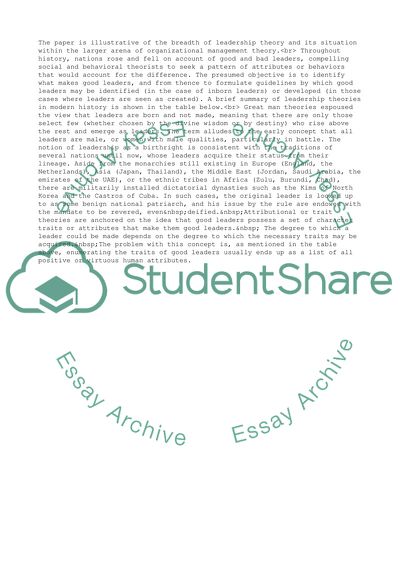Cite this document
(“Leadership and organisations Essay Example | Topics and Well Written Essays - 2500 words”, n.d.)
Leadership and organisations Essay Example | Topics and Well Written Essays - 2500 words. Retrieved from https://studentshare.org/business/1614402-leadership-and-organisations
Leadership and organisations Essay Example | Topics and Well Written Essays - 2500 words. Retrieved from https://studentshare.org/business/1614402-leadership-and-organisations
(Leadership and Organisations Essay Example | Topics and Well Written Essays - 2500 Words)
Leadership and Organisations Essay Example | Topics and Well Written Essays - 2500 Words. https://studentshare.org/business/1614402-leadership-and-organisations.
Leadership and Organisations Essay Example | Topics and Well Written Essays - 2500 Words. https://studentshare.org/business/1614402-leadership-and-organisations.
“Leadership and Organisations Essay Example | Topics and Well Written Essays - 2500 Words”, n.d. https://studentshare.org/business/1614402-leadership-and-organisations.


